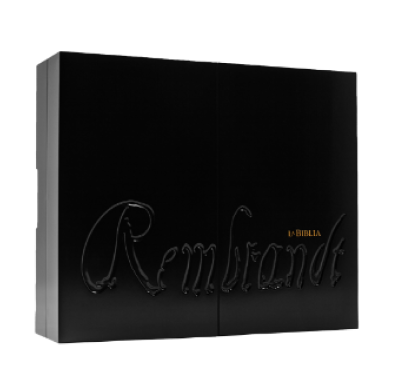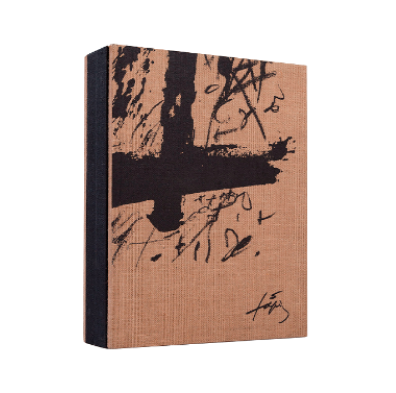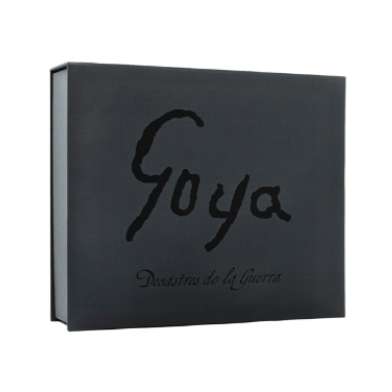Lita Cabellut, the artist who wanted to learn from the great masters
As a child she discovered artists like Goya, Rembrandt and Velázquez at the Prado Museum. Years later, Lita Cabellut became an acclaimed artist with her own style. Today her work Blood Wedding shares space at ARTIKA with other art books, some of them featuring artists who influenced her as a budding artist.
First impressions
The young Lita was fascinated by the beauty that some of the paintings transmitted during her earliest visits to the Prado Museum. She was initially attracted to Rubens’ art. However, there was one artist who had a more permanent and profound impact on her: she was only 13 years old when she was struck by Goya’s darkest paintings. She found them too terrifying.
Guided by instinct, she continued to visit the galleries that exhibited the works by the artist who painted The Third of May 1808. She eventually changed her mind and came to appreciate the expressive power of an artist who is “the master of commitment and concern for humans. He has left us a valuable historical testimony of our society and its disasters”.
Lita sums up Goya’s talent in one question: “How can one give so many shades of light to what is seemingly all black?”
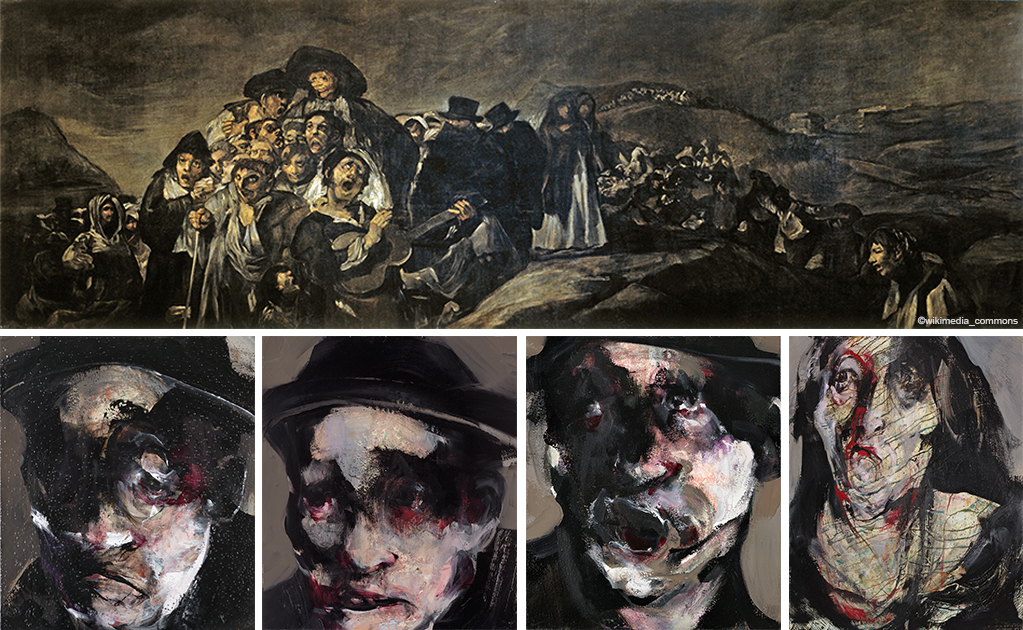
Sup.: La romería de San Isidro (mural painting), 140 cm × 438 cm, Francisco de Goya, 1819-1823.
Inf. from Left to right: Hipólito, Hylario and Modesto, from the series Broken Glass Heroes, 2008 and María Luisa, from the series Goya’s Women, 2007.
From Rembrandt to Picasso
At the age of 19, Cabellut was awarded a scholarship to the Gerrit Rietveld art academy in Amsterdam. She began to study the style of great Dutch masters like Rembrandt, adapting some of their traits. For example, her use of chiaroscuro, her careful staging and, of course, her skill in portraiture.
In this latter field, Lita also incorporated elements from other artists such as Velázquez and Picasso, both with their own quite distinctive ways of capturing human psychology on canvas.
It was during this period that the artist began to develop the techniques that have imbued her art with an unmistakable personality: from craquelure to hyperrealism.
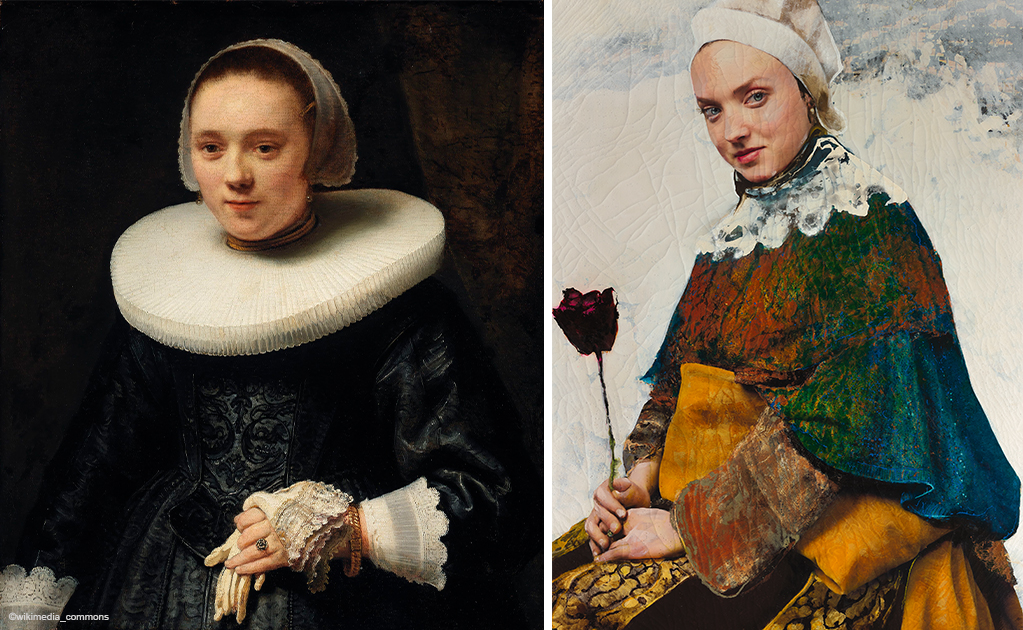
Left: Portrait of a lady with a glove (decade of 1630), Rembrandt van Rijn. ©Wikicommons.
Right: Sarah Blansjaar (detail) from the series Black Tulip, 2014.
A language of her own
Lita Cabellut combines photographic printing with a visual art technique that reinvents fresco painting. The influence of Jackson Pollock (with his trademark “dripping” paintings and the urgency of action painting) and of Francis Bacon’s torn strokes (the painter of solitude and the dark side of the soul) influence this process.
Another point of reference in Lita’s work is Antoni Tàpies and his interest in mixed media techniques and emphasis on textures. These also include the use of cuts and other creative manipulations on the surface of the painting.

Left: Saru A, from the series Crónica del infinito, 2011.
Right: Johanna van Delft (detail), from the series Black Tulip, 2014.
Beyond painting
Lita’s points of reference are not limited to visual artists. In fact, she has defined herself as a “storyteller”, a narrative capacity that is reflected in such personal work like Blood Wedding, in which Cabellut’s vision provides a new reading of the classic text.
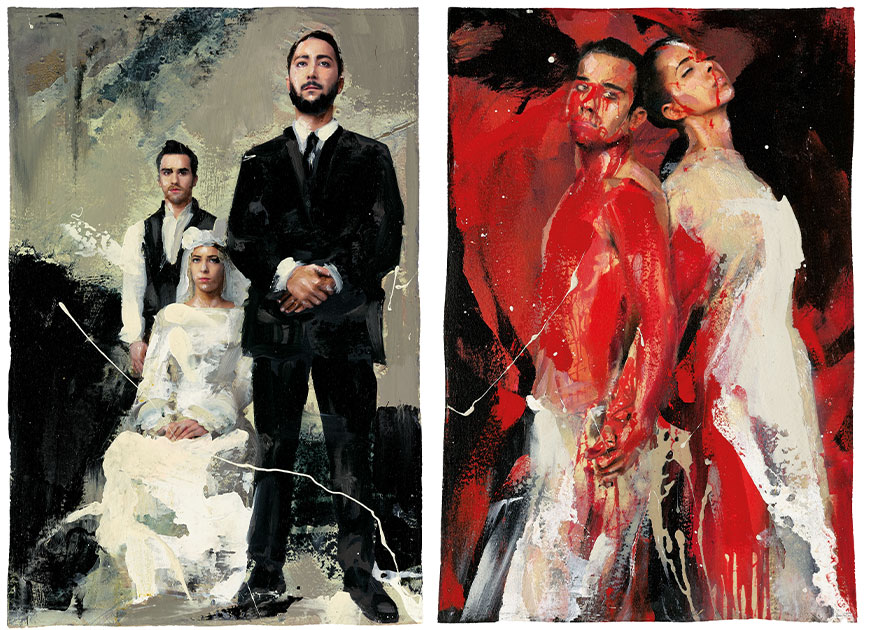
ARTIKA is home to unique artists
Some of the creators we have mentioned as Lita Cabellut’s points of reference also have their own art book. These are exclusive editions, now sold out:
- The Bible – Rembrandt
- La Celestina – Pablo Picasso
- Desastres de la Guerra (Disasters of War) – Francisco de Goya
- Tauromaquia (Bullfighting) – Francisco de Goya
- Caprichos – Francisco de Goya
- Sèrie negre – Antoni Tàpies


